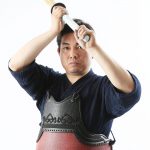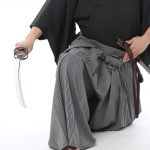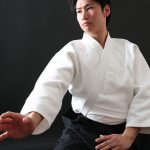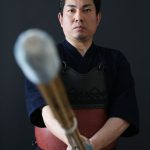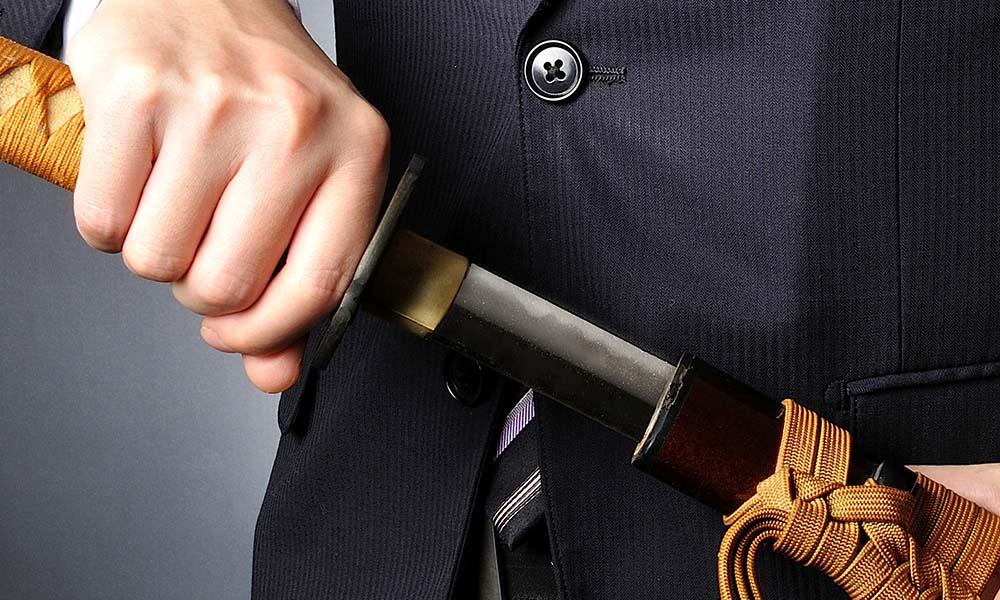
This time, I would like to talk about what I usually take extra care of while practicing Iaido up until now and while aiming for passing the promotional exam. To pass the promotional exam, besides putting in extra time for Keiko so that you can show the examiners your very best Enbu performance, it’s also important to consciously raise the level and quality of your regular Keiko sessions. Practice with careful attention to every move you make, putting your soul into your sword.
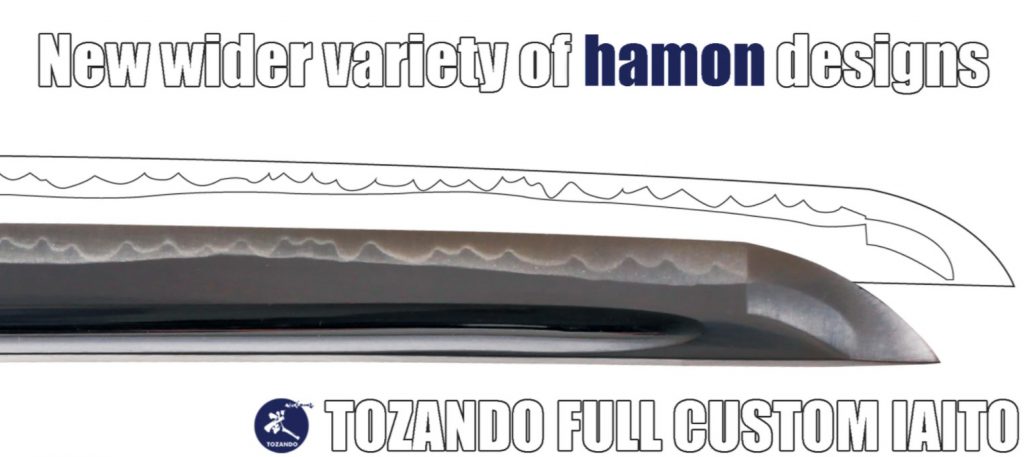
At the time of writing (2017), the examination situation in Japan is that, promotional exams for Kyu grades and Shodan to 5-dan are done within the prefecture or area where you are registered. For 6-dan to 8-dan practitioners, promotional exams can be taken almost anywhere in Japan. Especially for the grades up until the 5-dan examination, the contents can vary greatly depending on where you take it. For example the numbers of draws for the practical exam, if there is need to assess Koryu techniques or not, the questions and answers for the written exam among others, requirements might vary greatly.

So when aiming to pass the promotional exam it’s preferable to consult with your Sensei to come up with an appropriate plan and structure the Keiko thereafter. For the 6 to 8-dan examination you will be judged and assessed not only depending on your practical skill, but as someone who will lead the future generation of Iaido, your demeanor and character will be assessed to see if you are qualified as an instructor. While this might sound very exaggerated for some, it’s not far from the truth as at this level, you are expected to be model that passes down the proper skills and further promotes Iaido for the future generations of Iaido practitioners.
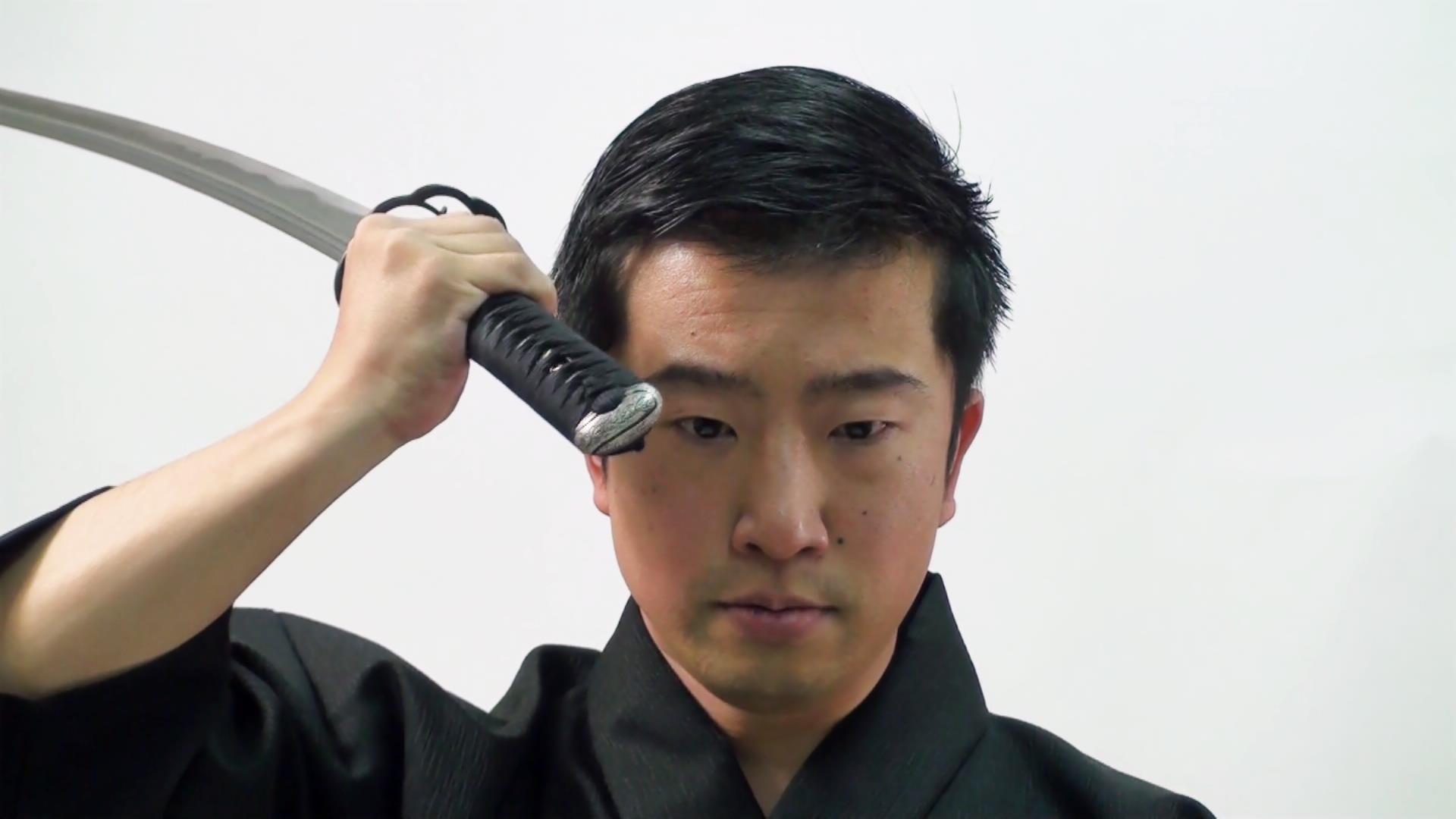
Regardless of the Dan exam grade the examination is supposed to be performed according to the All Japan Kendo Federation Iai (AJKF Iai) Textbook. The low-level Dan possessors only need to think about practicing Enbu according to the textbook, mid-level Dan possessors think about the deeper meaning of the textbook while practicing and high-level Dan possessors understand the truth about the textbook and becomes models for a new generation. All in accordance to the concept of “Shuhari”.
So first of all you need to understand the AJKF Iai textbook, as the written test also contains many questions taken directly from the textbook. There exists passages within the textbook that are easily mixed up or misunderstood, so it’s good to incorporate them into your regular Keiko to imprint each movement into your body.
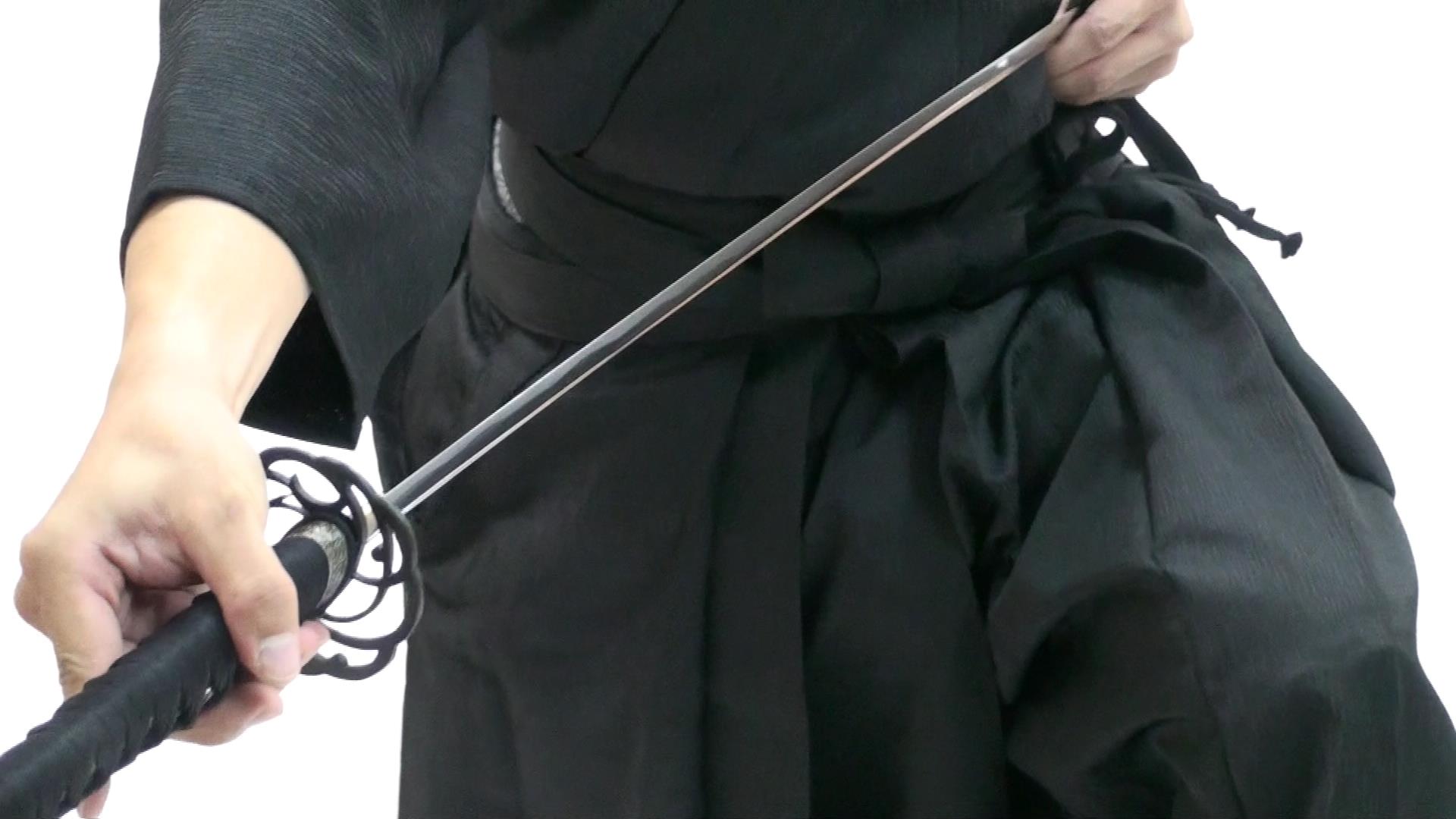
For Enbu, there is a time limitation, and the designated practical techniques are also announced on the morning of the examination day. Since taking too much time or mistaking a technique will lead to instant disqualification, it’s good to know exactly how long your Enbu performance is by practicing and then performing according to what you practiced during the exam. Being able to remember and perform the designated technique at any time, even when under pressure, is key to performing well during the examination.

Generally speaking, if the practical exam consist of the Reihō (etiquette) and 5 designated techniques the time limit is usually 6 minutes. So to be safe, you should practice your performance so that you can finish in 5 minutes and 30-40 seconds. If you finish too quickly, it means that you don’t have enough Zanshin, and that is no good. As your performance on the examination day depends on your condition, how nervous you are and so on, the times can vary. So to be sure you can perform within the time limit, be sure to practice the 2nd Kata or the 10th Kata and other techniques that usually take a bit more time, so that you can finish within the time limit.
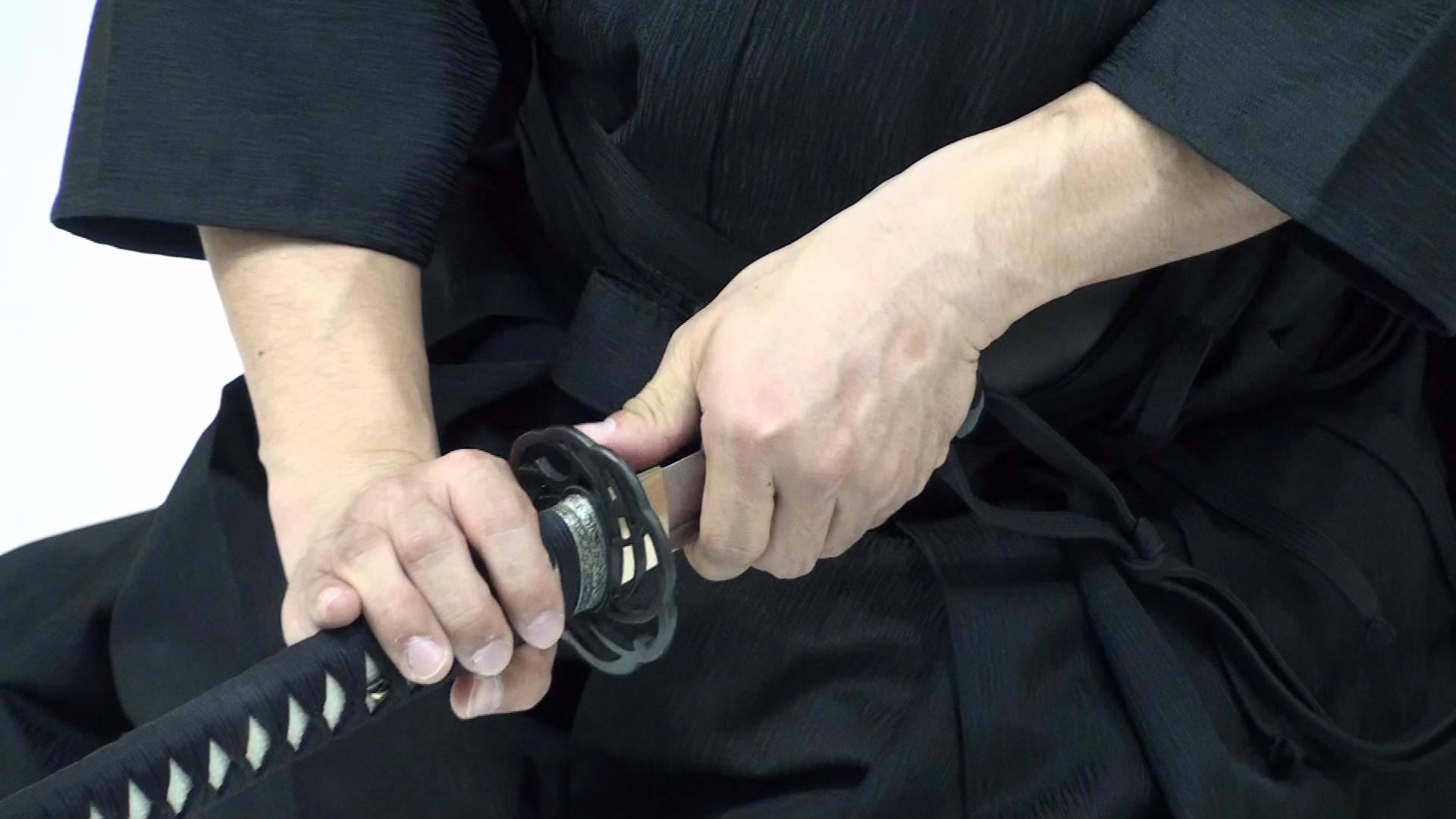
While keeping all the previously mentioned things in mind, it’s important to have your Sensei watch your performance, take in his instructions and repeat. If you have several Sensei, sometimes their instructions might conflict with each other, but each Sensei speaks out of their own experiences, so it’s important to think about what they want to tell you and accept their teachings and make them your own. This will make each Keiko meaningful for yourself.
by Hideki Matsuno, Iaido Renshi 6-dan(Tozando)



